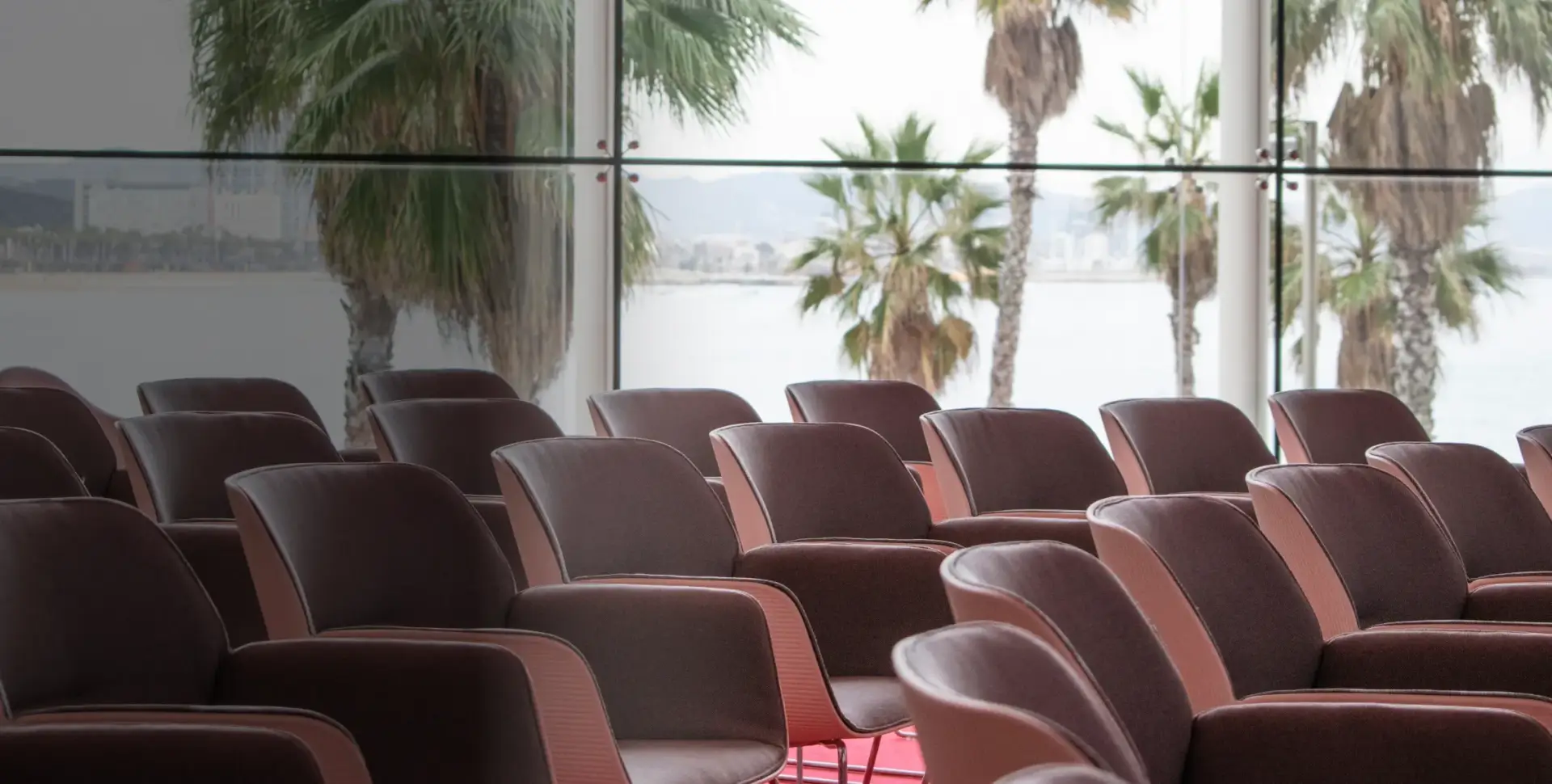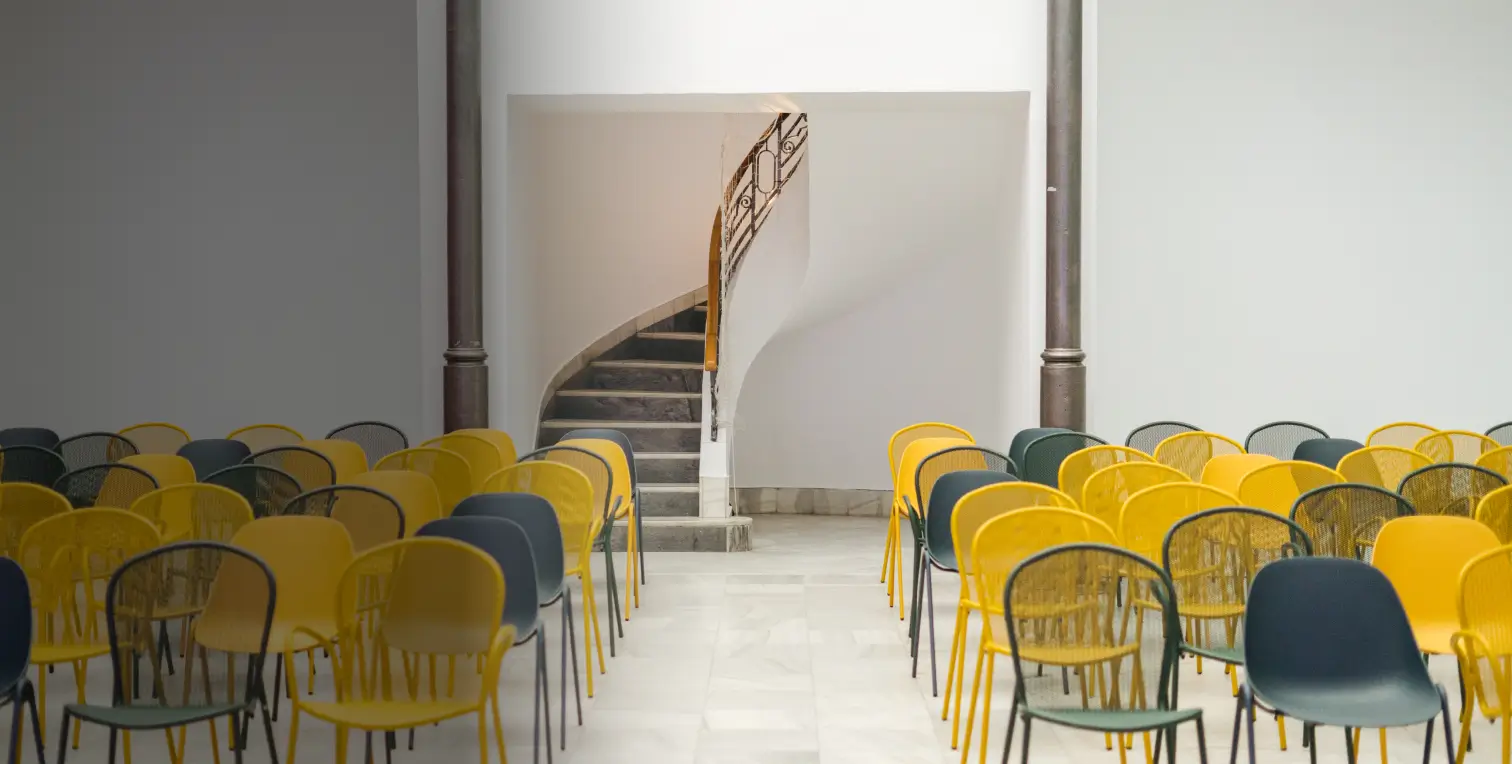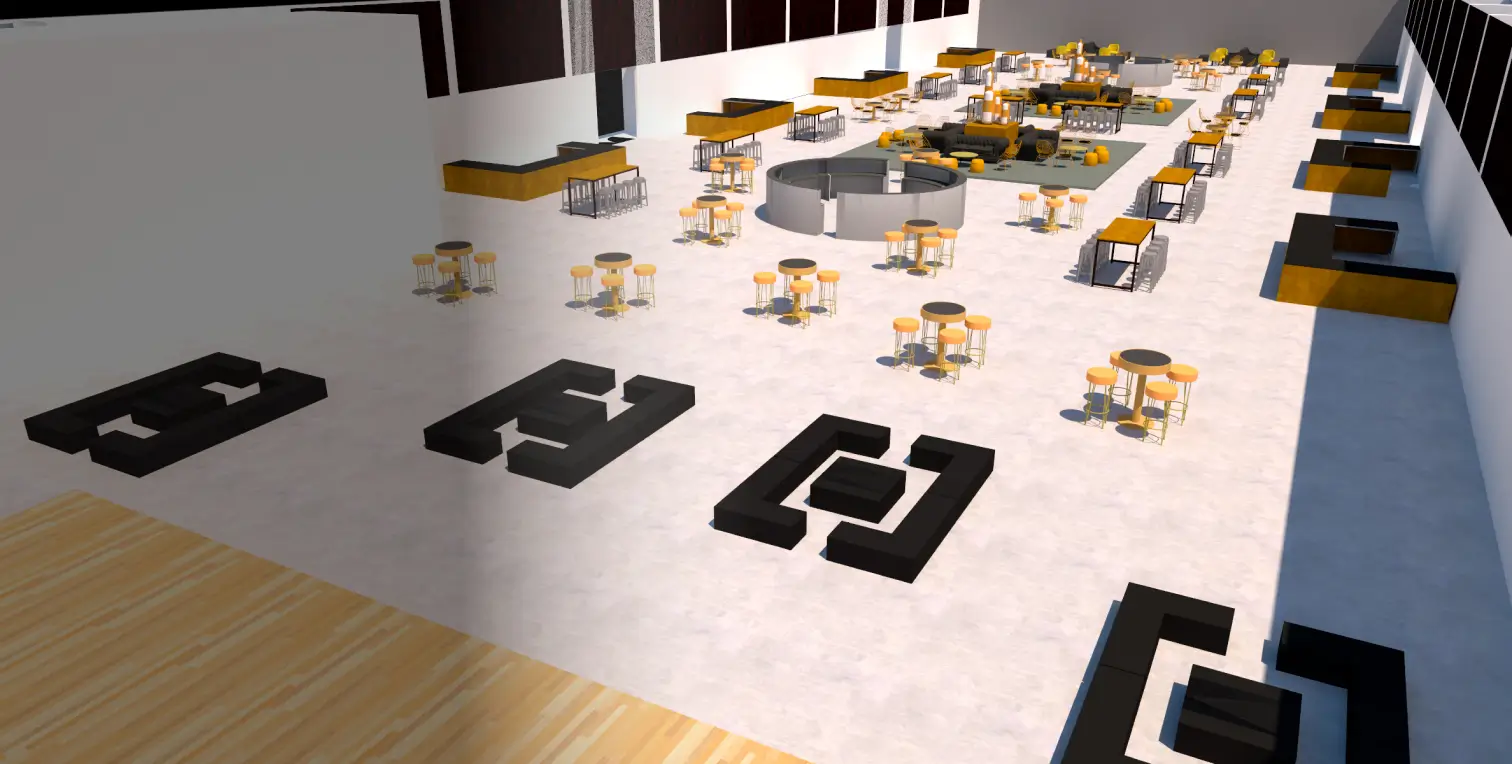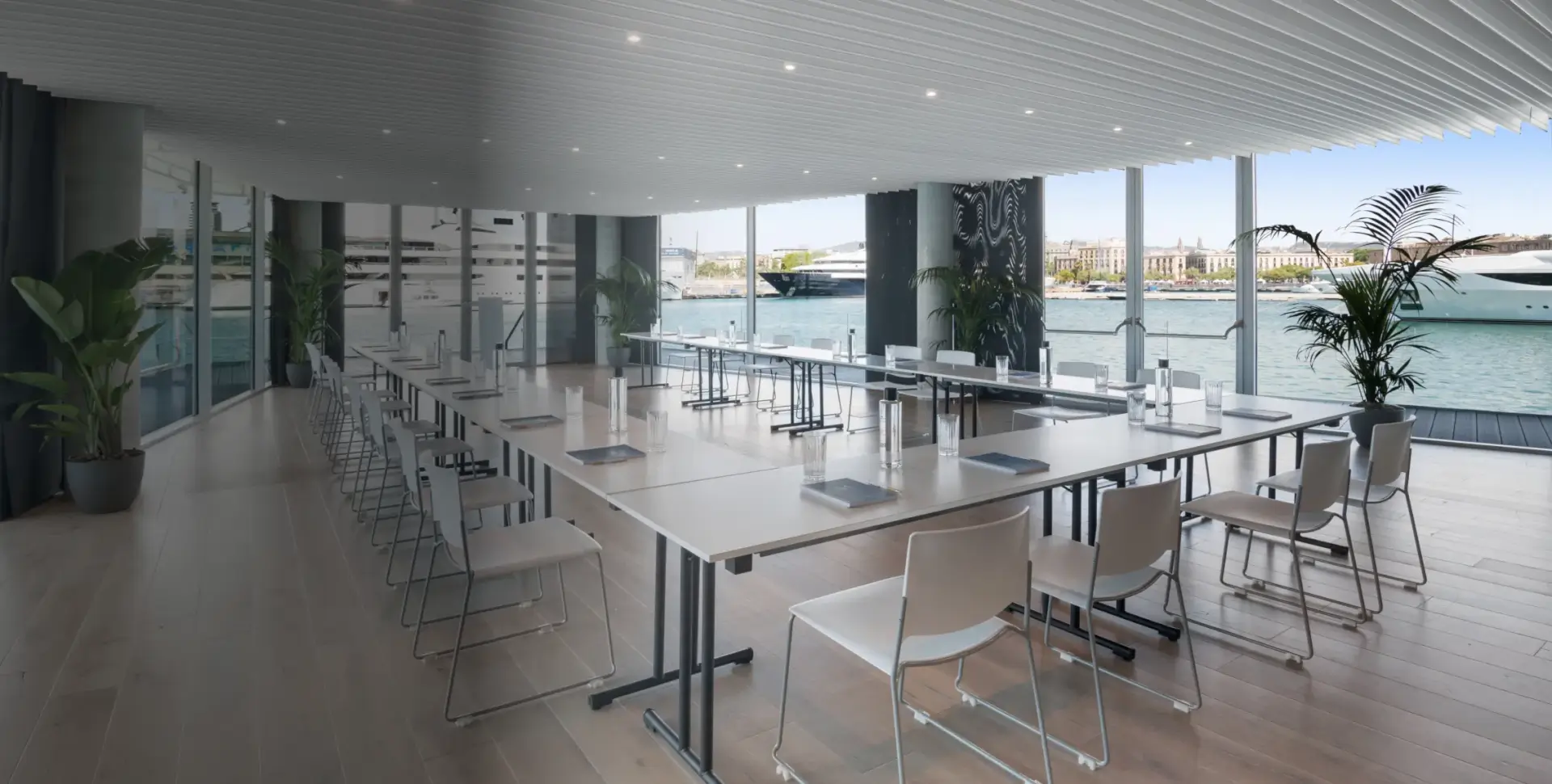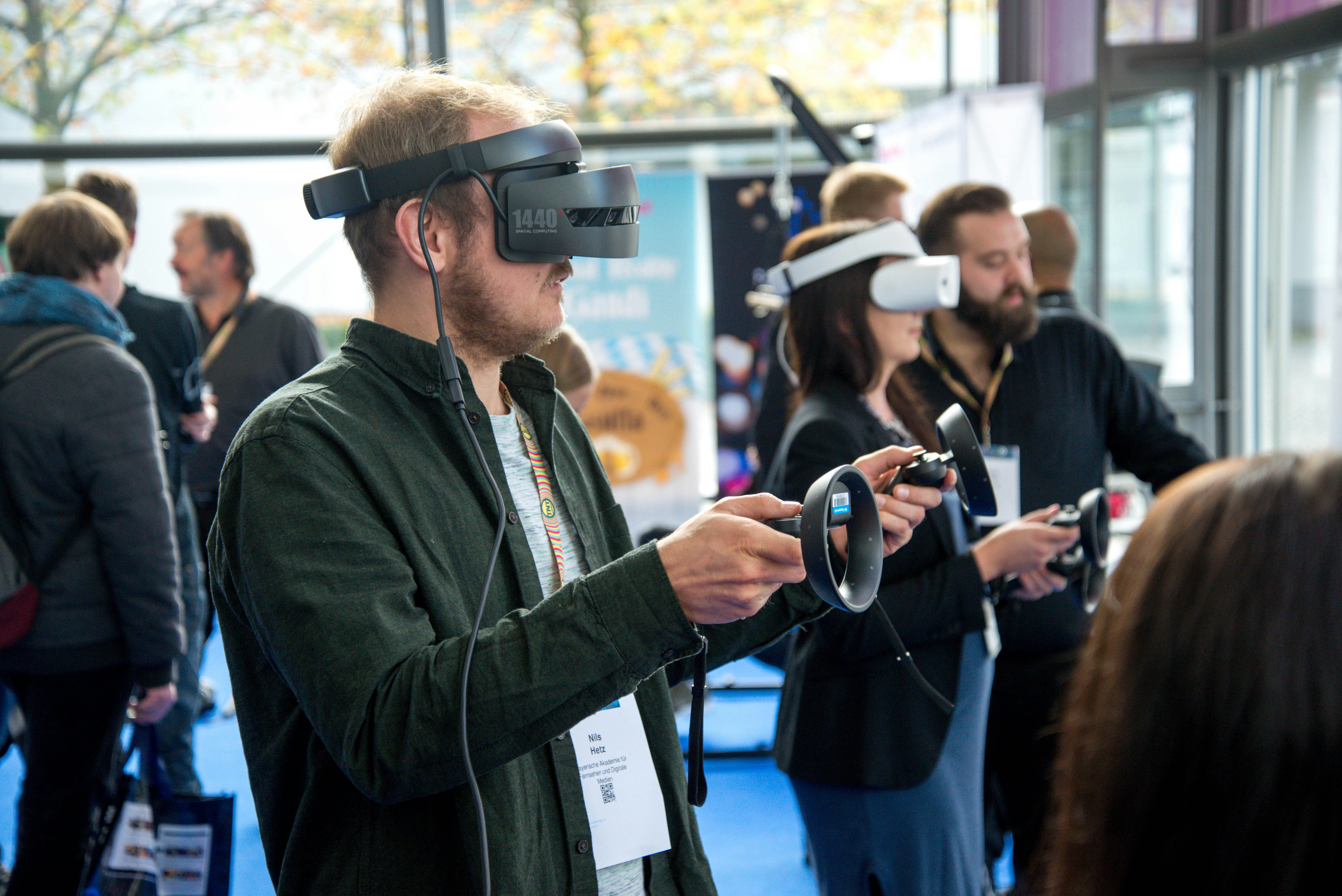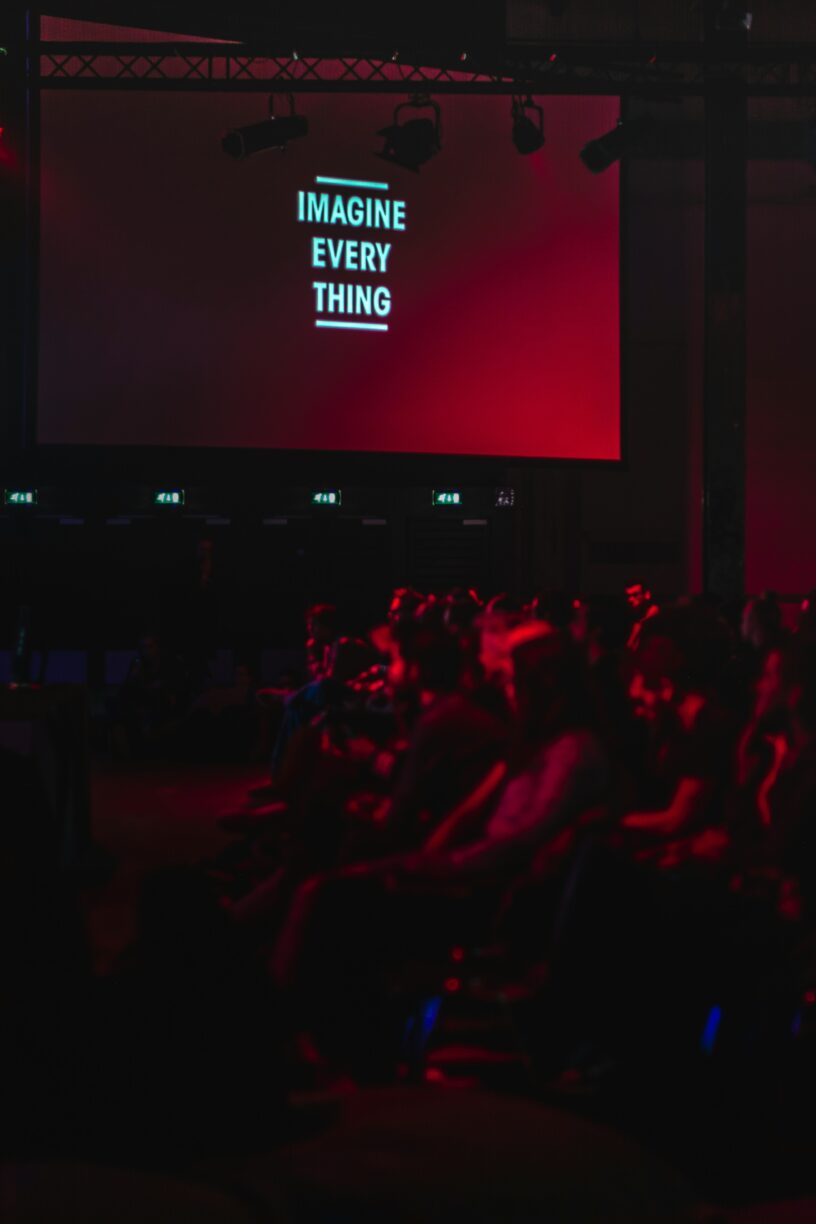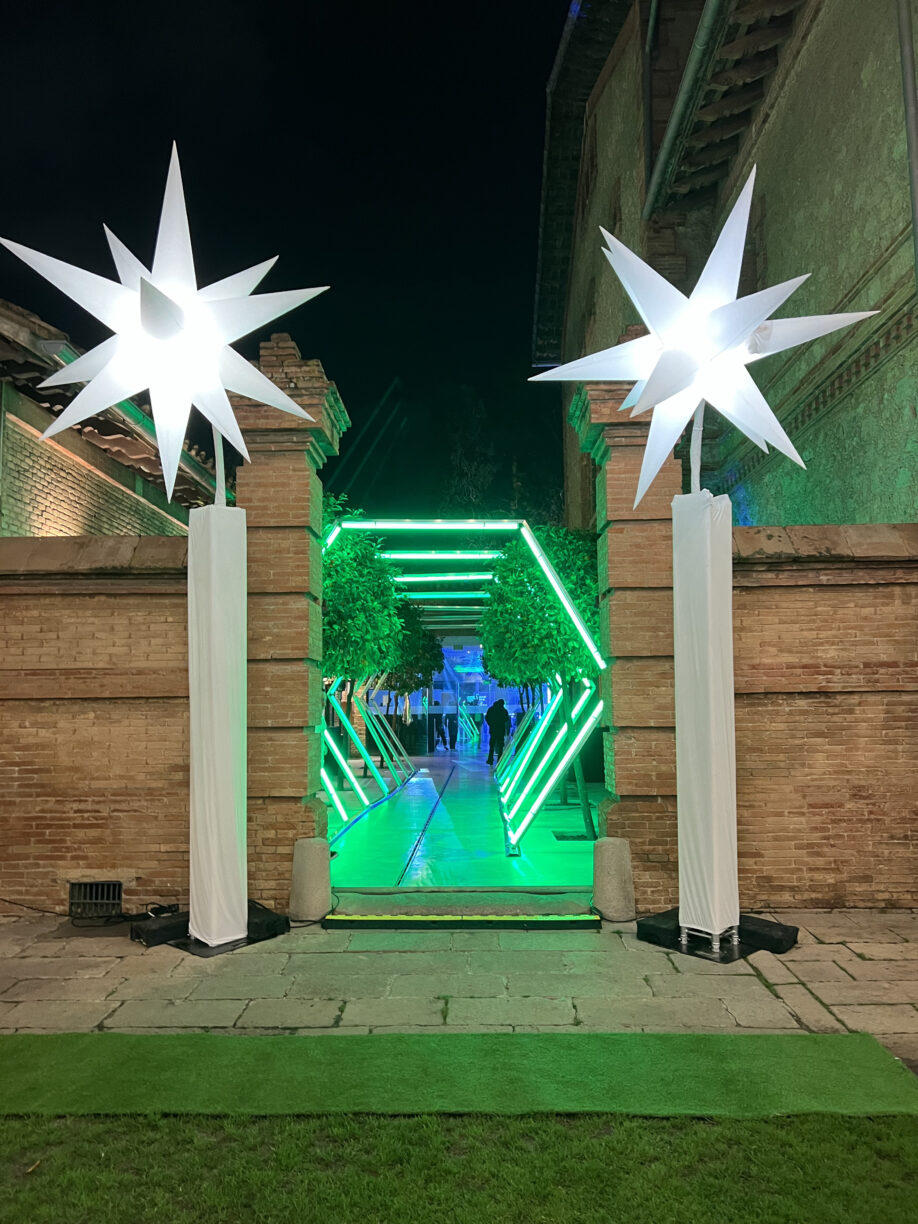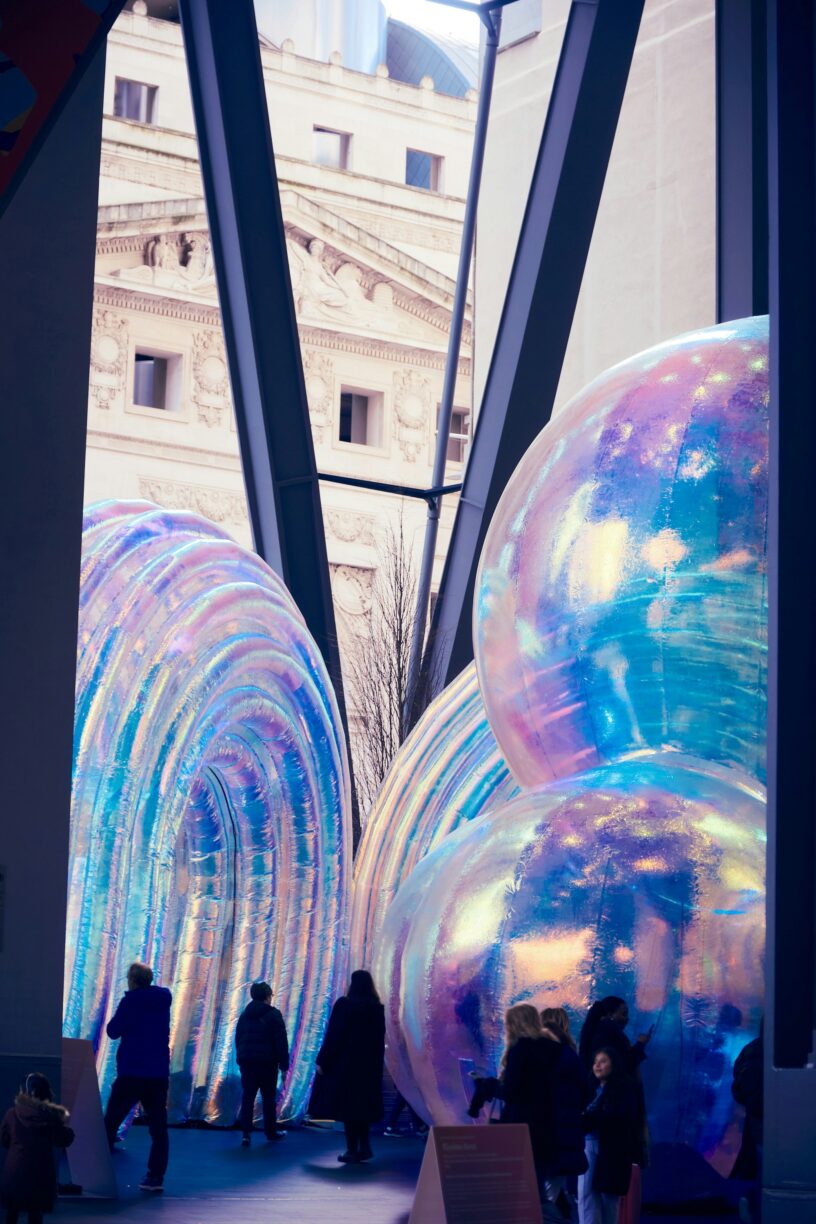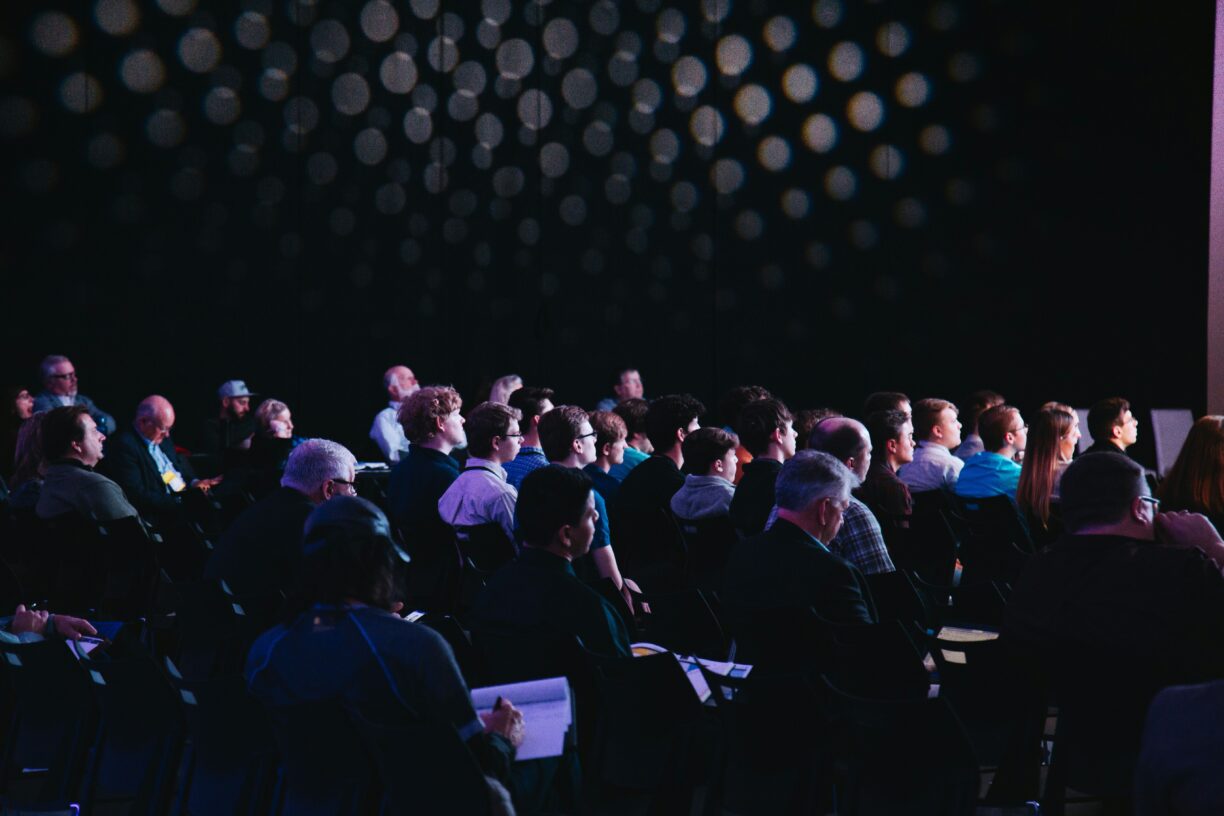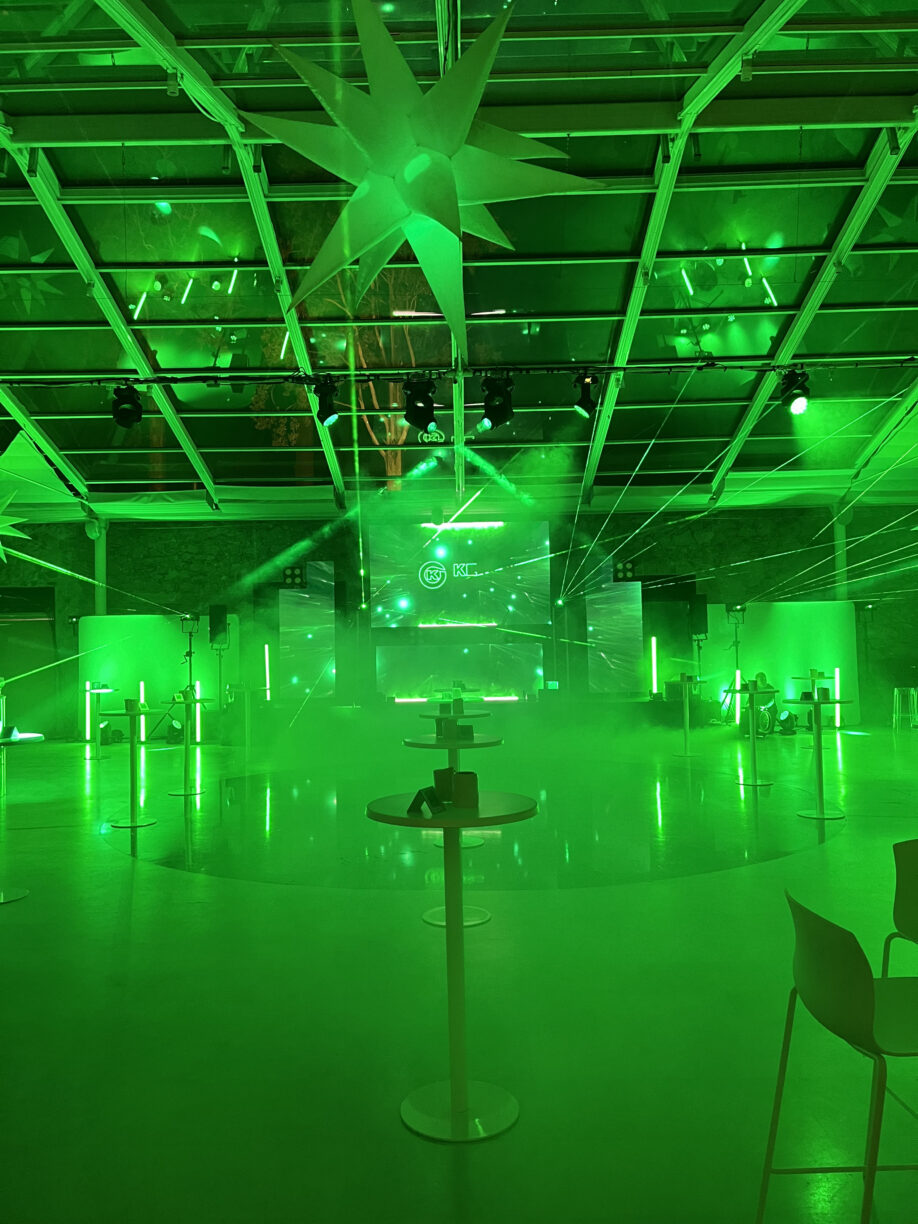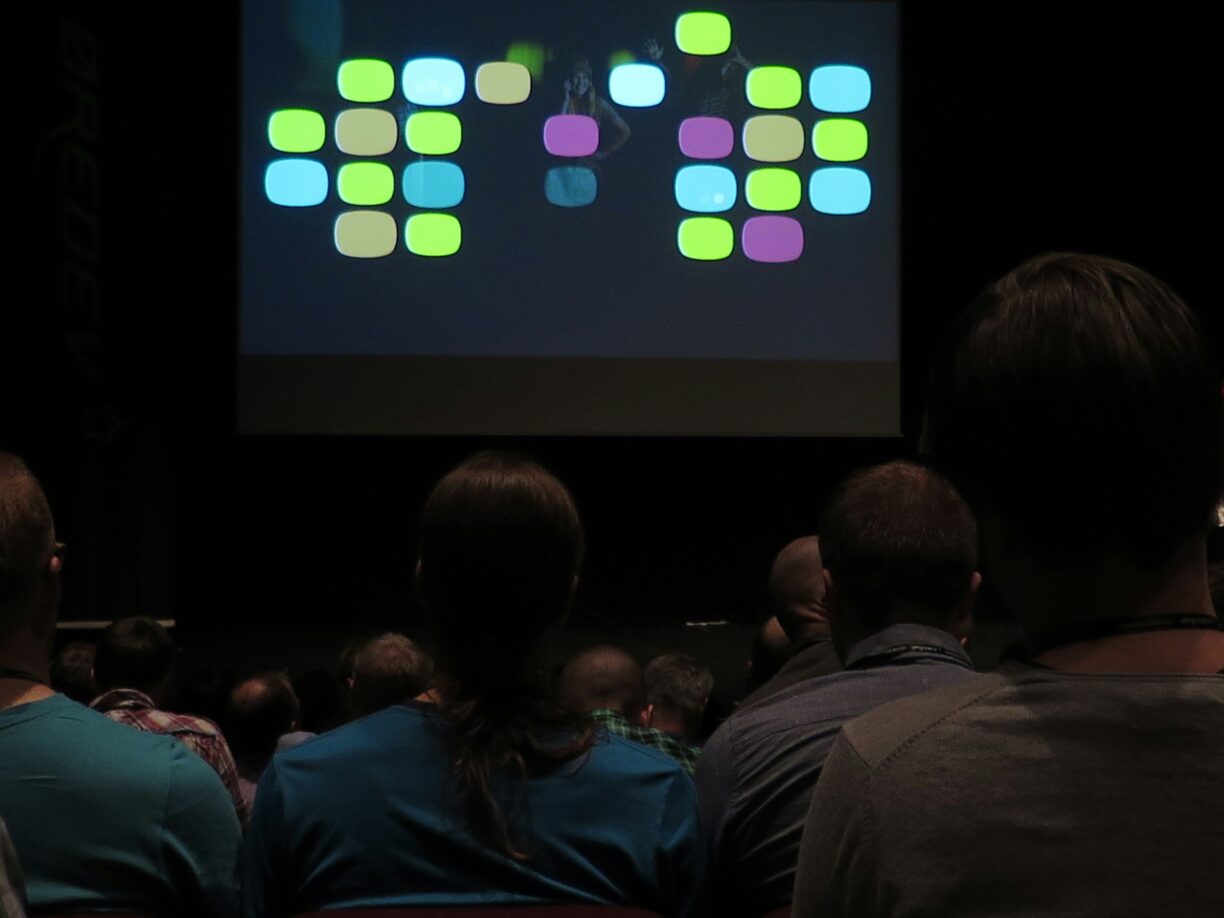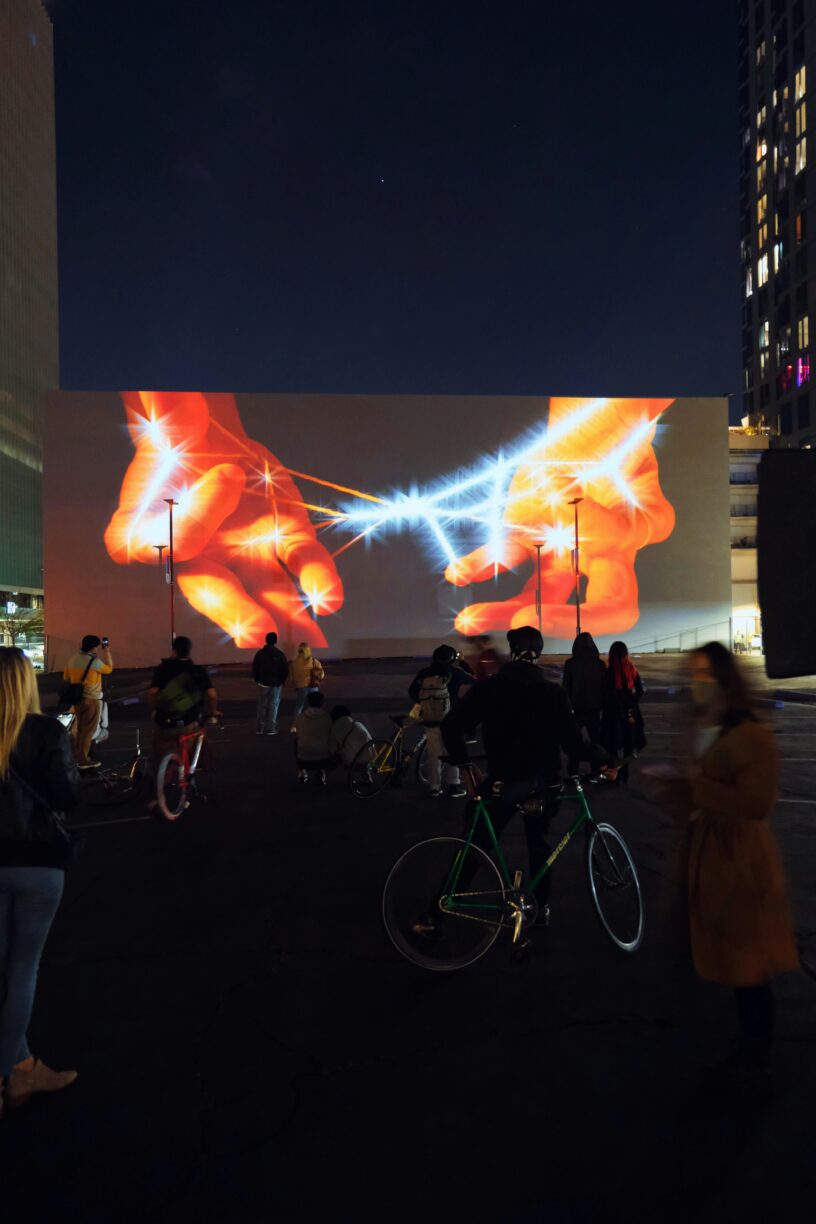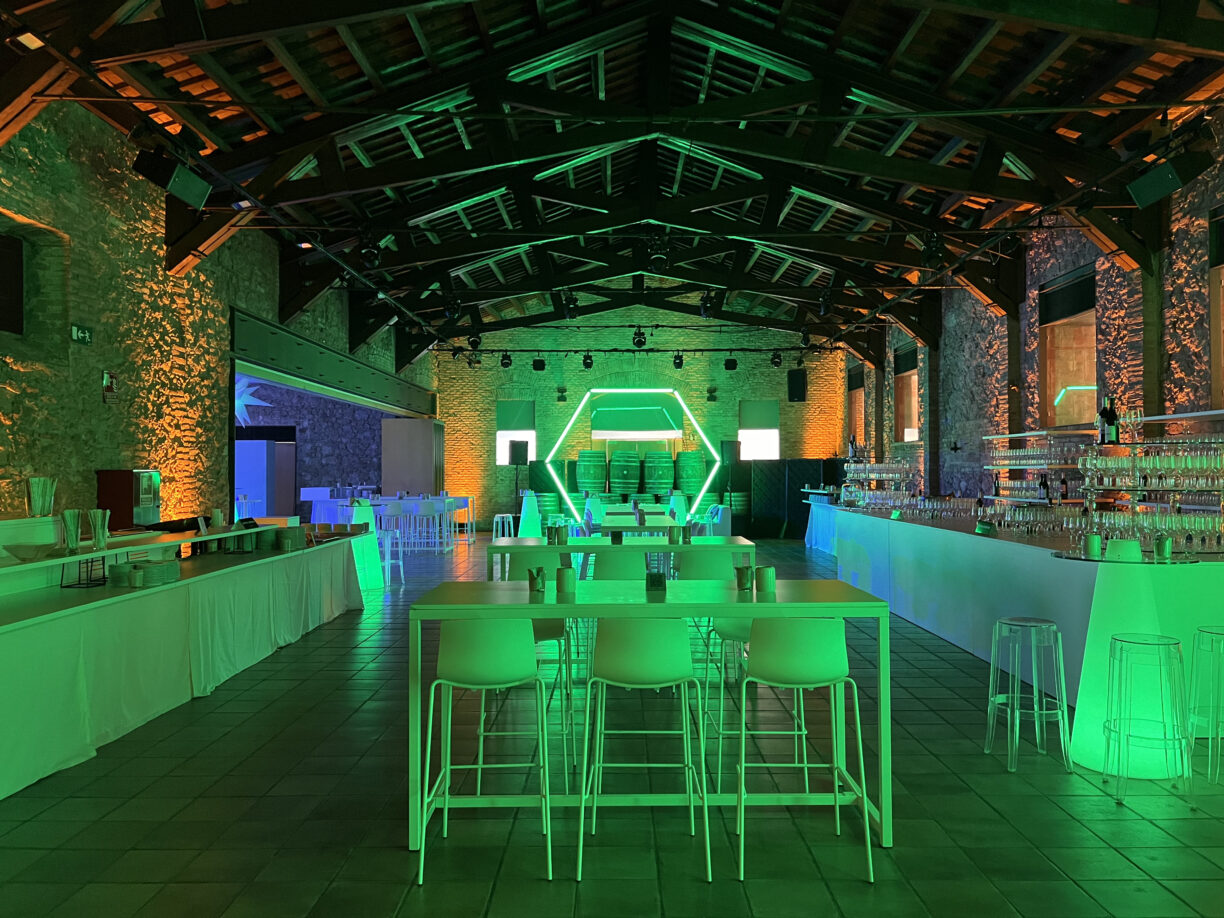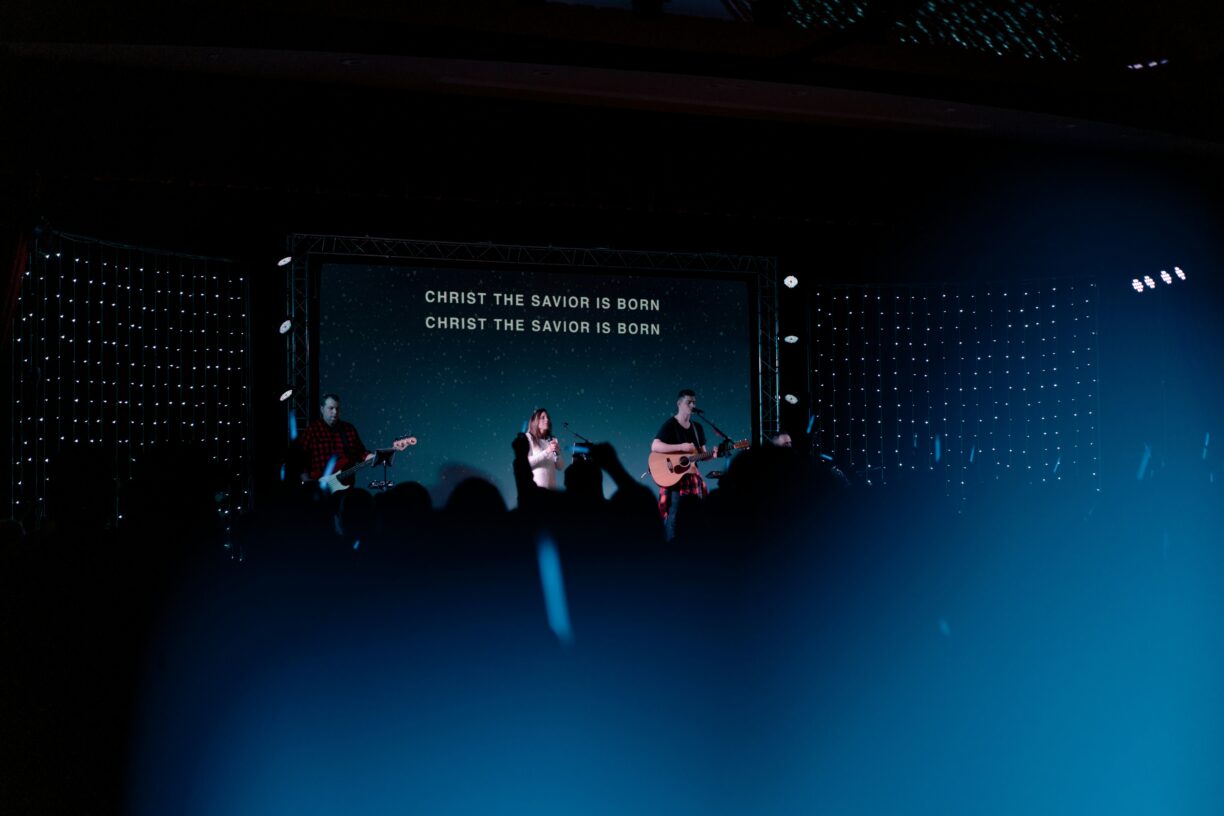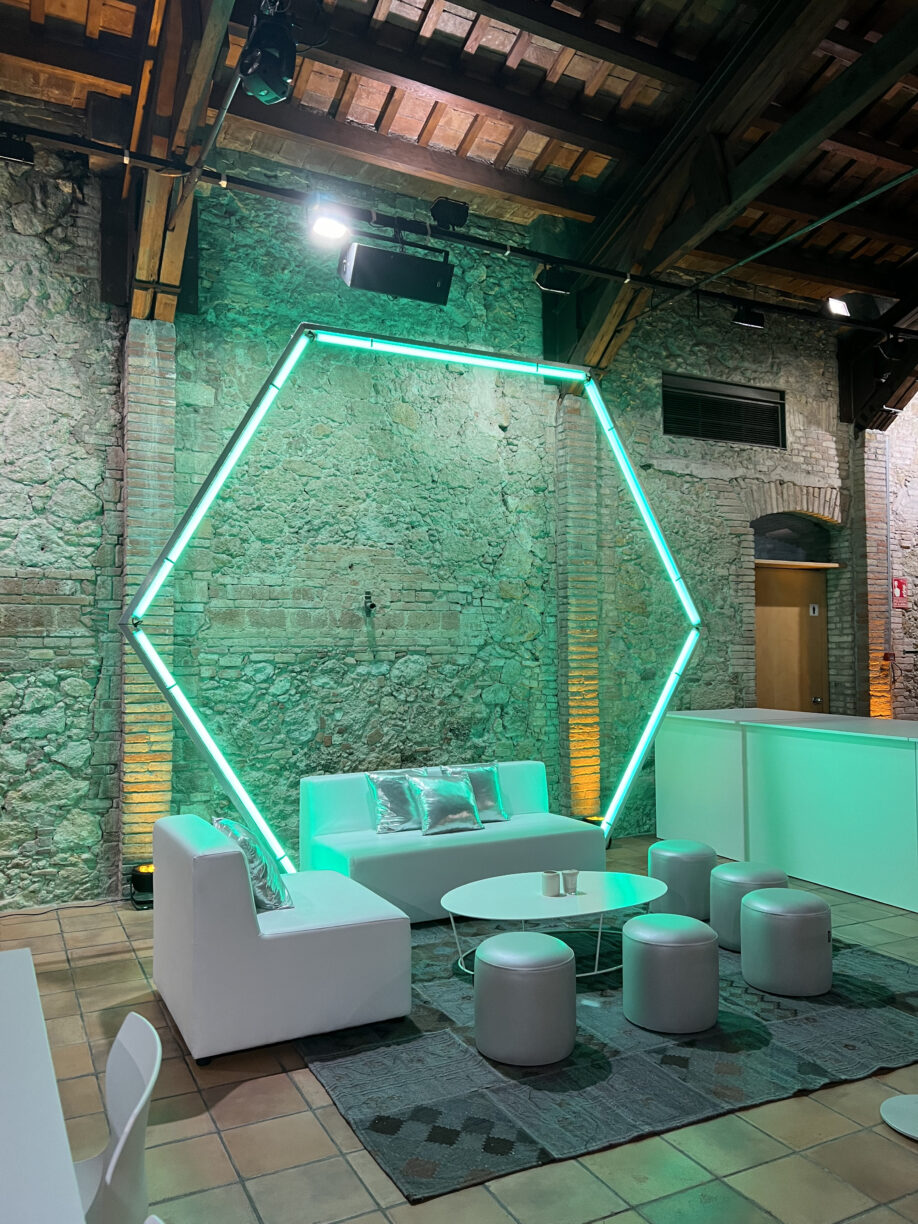Home / Events / News & Trends / Immersive Experiences with Augmented and Virtual Reality: How to Transform Your Events
Immersive Experiences with Augmented and Virtual Reality: How to Transform Your Events
Digital transformation has made a strong entrance into the events industry. Today, creating memorable moments goes far beyond decoration and catering.
Events featuring augmented reality (AR) and virtual reality (VR) signal a new era—one of immersive experiences that combine creativity and technology to surprise, move, and connect with attendees.
What are events with augmented and virtual reality?
Events that use augmented reality (AR) and virtual reality (VR) leverage technologies that overlay digital content on the real world (AR) or create fully simulated environments (VR).
These tools enable the creation of interactive, sensory-rich experiences that significantly increase audience engagement.
Difference between AR and VR:
| Technology | Description | Example in Events |
|---|---|---|
| Augmented Reality | Overlays digital elements onto the real-world environment | Scanning a QR code to view a 3D floating installation in space |
| Virtual Reality | Creates a fully digital and immersive environment | Travel simulators, virtual rooms, or interactive games using VR headsets |
Technology in events: Beyond the visual
Integrating technology into events is no longer optional—it’s a necessity to stand out in a competitive market. Immersive tools help to:
- Increase audience participation
- Improve message retention
- Generate viral, shareable content for social media
- Provide real-time metrics on attendee behavior
Types of immersive experiences applicable to events:
- Interactive mapping: Surfaces that react to movement or audience interaction
- Sensory tunnels: Combine light, sound, and projections for a multi-sensory journey
- Virtual reality gamification: Game-like dynamics that promote active participation
- Augmented stages: Stages that transform through AR when viewed through an app
Virtual reality for events: A gateway to the extraordinary
Virtual reality in events breaks physical boundaries and offers attendees a completely different experience. It’s ideal for:
- Product presentations that simulate real-world use
- Tours of conceptual or under-construction spaces
- Corporate training through simulations
- Immersive storytelling at brand events
The key is to use VR not just as a spectacle, but as a storytelling tool that connects with the event’s core values.
Augmented reality: Interactive events that surprise
One of the biggest advantages of augmented reality is its accessibility: with just a smartphone, any attendee can access additional content, play games, participate, or discover hidden spaces.
Examples of applications in interactive events:
- Augmented photo booths: Users are surrounded by visual effects when posing for a photo
- Hidden AR codes: When found, they unlock prizes, clues, or exclusive information
- Virtual catalogs: 3D product visualizations within the real-world space
Benefits of immersive experiences for organizers
Beyond visual impact, immersive experiences offer tangible advantages:
- Greater engagement: Attendees actively participate, enhancing the overall experience
- Memorability: Unique moments are created, boosting brand recall
- Segmentation: Experiences can be tailored to different user profiles
- Real-time data: Digital tools allow for tracking interactions, time spent, and preferences
Innovation in events: The future is now
The concept of innovation in events has been redefined through immersive technologies. It’s no longer just about visual impact—it’s about provoking emotional reactions, encouraging interaction, and building lasting connections.
Keys to implementing successful immersive experiences:
- Clear objective: Define what message or reaction you want to evoke
- Coherent storytelling: Technology should serve the narrative
- User-centered design: Ensure accessibility and intuitive navigation
- Expert guidance: Work with specialists in technology and experiential production
Use cases: Real inspiration for tech-powered events
- Corporate fairs: A tech brand can use VR to showcase the inside of its products
- Product launches: AR allows attendees to see a new model in action before it hits the market
- Weddings and private events: Immersive tunnels with custom projections of the couple’s journey
- Cultural events: Historical VR recreations for interactive guided tours
Why invest in events with augmented reality?
The answer is simple: because they deliver a unique value. In an overstimulated world, immersive experiences allow for direct, authentic connections.
They turn the event into a living story, where each attendee becomes the protagonist.
Moreover, their flexibility allows these solutions to be adapted to all types of events: corporate, institutional, cultural, or private.
Final thoughts on augmented reality events
Augmented and virtual reality events are not a passing trend—they’re a natural evolution toward a more experiential, participatory, and innovative model.
Investing in these technologies not only enhances event quality, but also boosts brand impact, improves user experience, and places the organizer at the forefront of the industry.
Crimons, a company specialized in scenography and event space design, offers the perfect environment to integrate these technologies. We design memorable experiences where innovation is part of the soul of the event.

